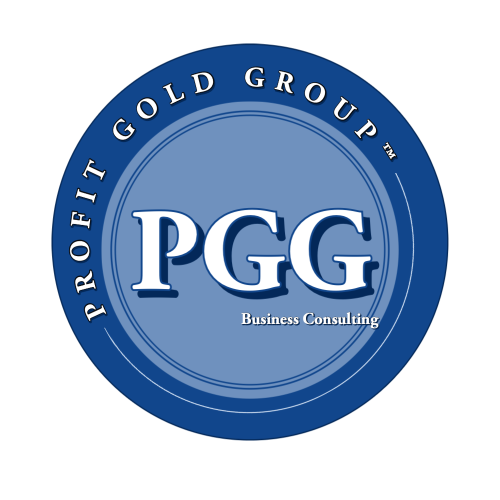
The Hidden Deal Breaker: Poor Documentation
Every high-performing organization has one thing in common: documentation that drives decisions, not confusion. Yet, too many CEOs still run multi-million-dollar operations based on assumptions, tribal knowledge, and conversations that live only in key people’s heads.
In the boardroom, during due diligence meetings, or across the negotiation table, one truth always rises to the surface: your company’s worth is only as strong as what you can prove – not just what you say.
Every thriving company has one thing in common: documentation that drives decisions, not confusion.
What if your company’s true competitive edge isn’t in your performance – but in your proof?
Whether preparing for a merger, acquisition, capital raise, or leadership transition, the first thing professionals scrutinize isn’t your product – it’s your paperwork.
According to Forbes, 7 out of 10 deals fall apart due to poor documentation or unclear processes. That statistic isn’t just alarming- it’s avoidable.
The Strategic Risk: Running a Business Built on Verbal Knowledge
Too many organizations rely on a few key people who “just know how things work.” When your company runs on tribal knowledge instead of documented clarity, you expose yourself to:
Failed deals
Loss of valuation multiples
Dependency on critical individuals
Internal misalignment
Inconsistent execution across departments
Ask yourself: If a potential buyer walked in today and asked for your full operational blueprint, would you feel confident or exposed?
Documentation is More Than Compliance-
✔ Investors see a scalable, low-risk machine
✔ Buyers trust the sustainability of results
✔ Leaders gain visibility and control
✔ Teams execute without bottlenecks
✔ The company becomes transferable, sellable, and fundable
Documentation isn’t paperwork. It’s proof of performance, repeatability, and future potential.
The CEO’s Documentation Checklist (What Buyers & Investors Expect to See)
1️⃣ Financial Intelligence
Clean P&Ls and balance sheets
Cashflow documentation and forecasting models
Expense and revenue categorization with clear ownership
2️⃣ Operational KPEs (Key Performance Expectations)
Core processes documented with performance targets
Clear ownership by role, not person
Indicators for minimum acceptable performance vs. high-performance execution
3️⃣ Scalability Readiness
Repeatable onboarding and training journeys
Defined role clarity tied to expected outcomes
Documented workflows that enable delegation and speed
4️⃣ Risk & Compliance Protections
Legal and regulatory documentation
Contract libraries, terms, renewal schedules
Crisis response processes
5️⃣ Leadership Decision Frameworks
Defined decision-making criteria by department
Scorecard or KPI-based dashboarding
“How we decide” documentation to eliminate dependency on founders.
Well-structured documentation does 3 things simultaneously:
Eliminates chaos – Teams stop making decisions in silos.
Reduces key-person dependency – Your business becomes transferable.
Multiplies valuation – Buyers don’t buy what works for you; they buy what can work without you.
If you exited tomorrow…
✅ Would your buyer see organized intelligence or operational risk?
✅ Would your company keep running or start guessing?
If those questions made you pause, it’s time for a documentation audit.
